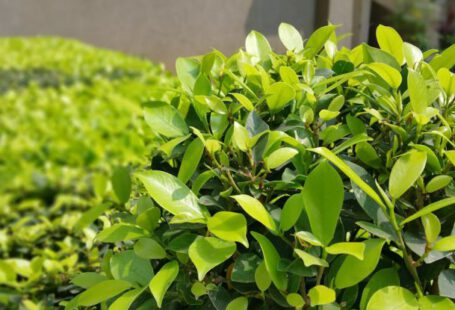When it comes to enjoying a relaxing soak in your hot tub, having an energy-efficient heating solution is crucial. Not only does it help in reducing energy costs, but it also ensures that your hot tub is always ready for use without causing a dent in your wallet. In this article, we will explore various energy-efficient heating solutions for hot tubs that can help you maintain the perfect water temperature while saving on energy consumption.
**Insulation**
Proper insulation is key to ensuring that your hot tub retains heat efficiently. By investing in a well-insulated hot tub, you can minimize heat loss, which in turn reduces the need for constant heating. Look for hot tubs with high-quality insulation materials such as foam insulation or thermal covers to keep the heat trapped inside the tub.
**High-Efficiency Heat Pumps**
Heat pumps are a popular choice for heating hot tubs efficiently. These devices work by extracting heat from the surrounding air and transferring it to the water in the hot tub. By utilizing the heat present in the air, heat pumps can provide a cost-effective way to heat your hot tub while consuming less energy compared to traditional heating methods.
**Solar Heating Systems**
For those looking to reduce their carbon footprint and energy bills, solar heating systems are an excellent option for heating hot tubs. Solar panels installed on your property can harness the power of the sun to heat the water in your hot tub. While the initial investment in solar heating systems may be higher, the long-term savings on energy costs make it a sustainable and eco-friendly heating solution.
**Smart Thermostats**
Incorporating smart thermostats into your hot tub system can help you regulate the temperature more efficiently. These devices allow you to set specific temperature limits and schedules, ensuring that your hot tub is heated only when needed. By optimizing the heating cycles, smart thermostats help in energy conservation and prevent unnecessary heating, ultimately saving you money in the long run.
**Wood-fired Hot Tubs**
For those looking for a rustic and eco-friendly heating solution, wood-fired hot tubs are a great option. These hot tubs use wood as a fuel source to heat the water, offering a traditional and sustainable way to enjoy a warm soak. While wood-fired hot tubs require manual labor to maintain the fire, they provide a unique and energy-efficient heating alternative for hot tub enthusiasts.
**Heat Retention Covers**
Investing in a high-quality heat retention cover can significantly reduce heat loss from your hot tub. These covers act as a barrier between the water and the surrounding environment, preventing heat from escaping. By using a heat retention cover when the hot tub is not in use, you can maintain the water temperature for longer periods, reducing the need for frequent heating.
**Regular Maintenance**
Ensuring that your hot tub is well-maintained is essential for efficient heating. Regularly cleaning the filters, checking for leaks, and monitoring the overall condition of your hot tub can help in optimizing its performance. A well-maintained hot tub operates more efficiently, requiring less energy to heat the water to the desired temperature.
**In Conclusion**
Choosing the right energy-efficient heating solution for your hot tub is essential for both cost savings and environmental sustainability. By incorporating insulation, high-efficiency heat pumps, solar heating systems, smart thermostats, wood-fired hot tubs, heat retention covers, and regular maintenance into your hot tub setup, you can enjoy a relaxing soak while minimizing energy consumption. Prioritizing energy efficiency not only benefits your wallet but also contributes to a greener and more sustainable future for hot tub enthusiasts everywhere.





